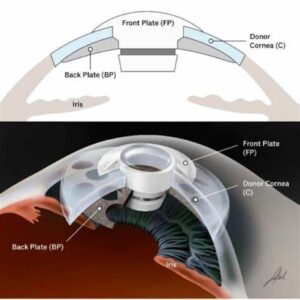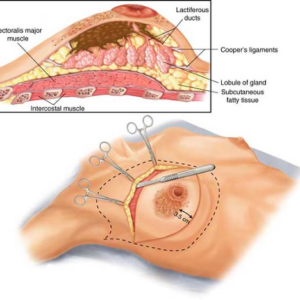Description
Familiarity with treatment
Pelvic tumor resection is a complex surgical procedure aimed at removing tumors located in the pelvic bones. These tumors can be primary bone tumors arising within the pelvis or metastatic tumors that have spread from other primary sites, such as the colon, rectum, or reproductive organs.
Procedure
The procedure for pelvic tumor resection involves the surgical removal of the tumor while preserving as much of the surrounding healthy bone and tissue as possible. In some cases, reconstructive techniques, such as bone grafting or the use of prostheses, may be employed to restore pelvic stability and function.
Who is it suitable for?
Pelvic tumor resection is suitable for individuals who have:
- Primary bone tumors within the pelvis, such as chondrosarcoma or osteosarcoma
- Metastatic tumors that have spread to the pelvic bones from other primary cancers
- Tumors causing pain, structural instability, or compromising nearby organs and blood vessels
Who is it not suitable for?
Pelvic tumor resection may not be suitable for individuals who:
- Have advanced metastatic disease with widespread involvement of the pelvis and surrounding structures
- Have severe medical conditions that make surgery and recovery risky
- Have tumors that are inoperable due to their size or location
Advantages
- Removal of the tumor, reducing the risk of further spread and relieving associated pain
- Potential preservation of pelvic function and stability
- Improved quality of life for many patients
Complications
Complications associated with pelvic tumor resection can include:
- Infection
- Nerve or blood vessel damage
- Impaired bowel or bladder function
- Complications related to reconstructive procedures, such as prosthetic failure or bone graft non-union
Preoperative care
Before pelvic tumor resection, patients undergo thorough preoperative evaluations, including imaging studies such as CT scans and MRI to assess the tumor’s size and extent. Preoperative care may also involve optimizing the patient’s overall health and addressing any specific medical conditions to prepare for surgery.
Postoperative care
After pelvic tumor resection, patients will require close monitoring for wound healing, pain management, and rehabilitation. Physical therapy and exercises may be recommended to regain strength and mobility. Patients will also need long-term follow-up care to monitor for any signs of tumor recurrence or complications related to the surgery.Given the complexity of the surgery, psychological support may also be important for patients in coping with the physical and emotional challenges associated with pelvic tumor resection.






Reviews
There are no reviews yet.